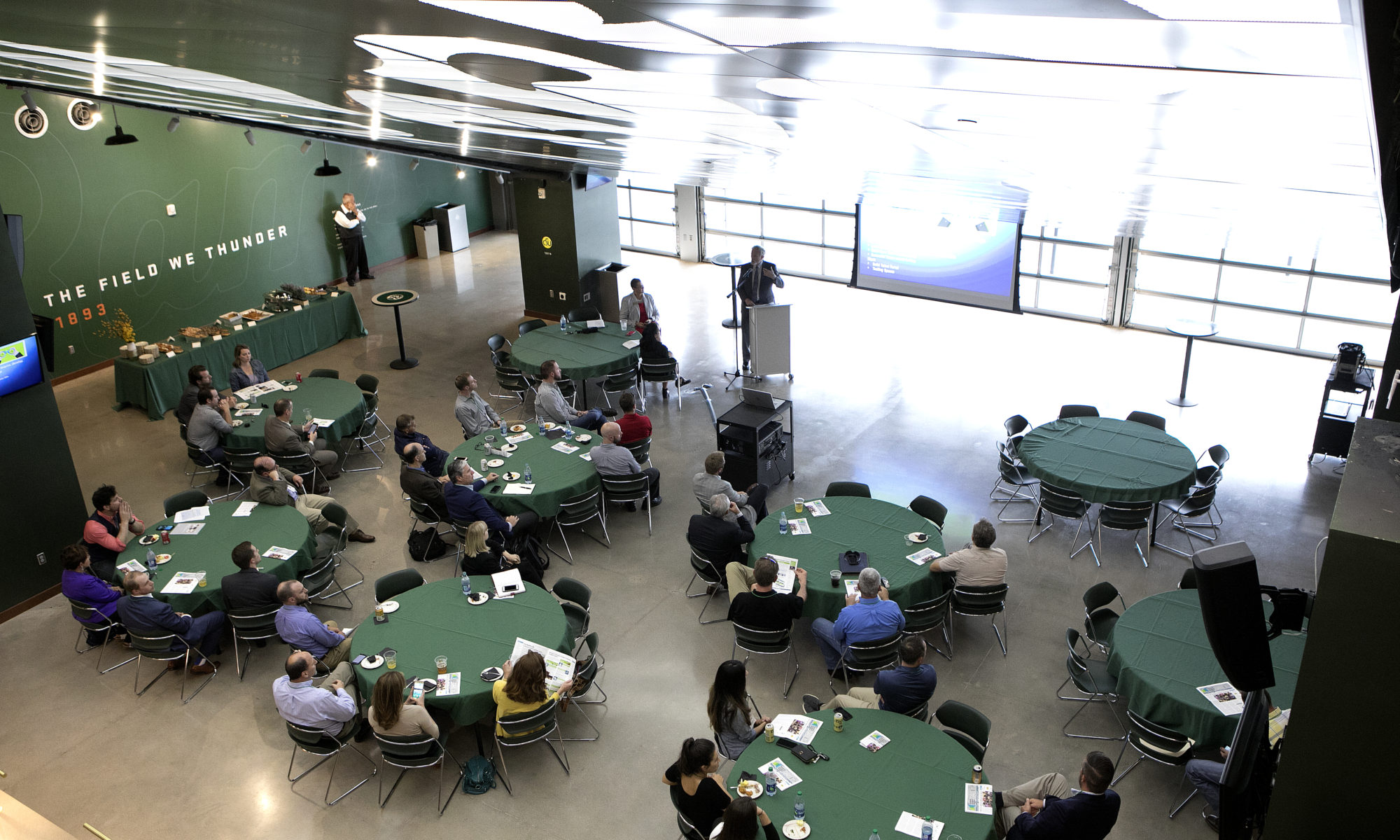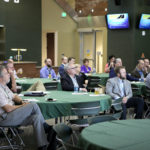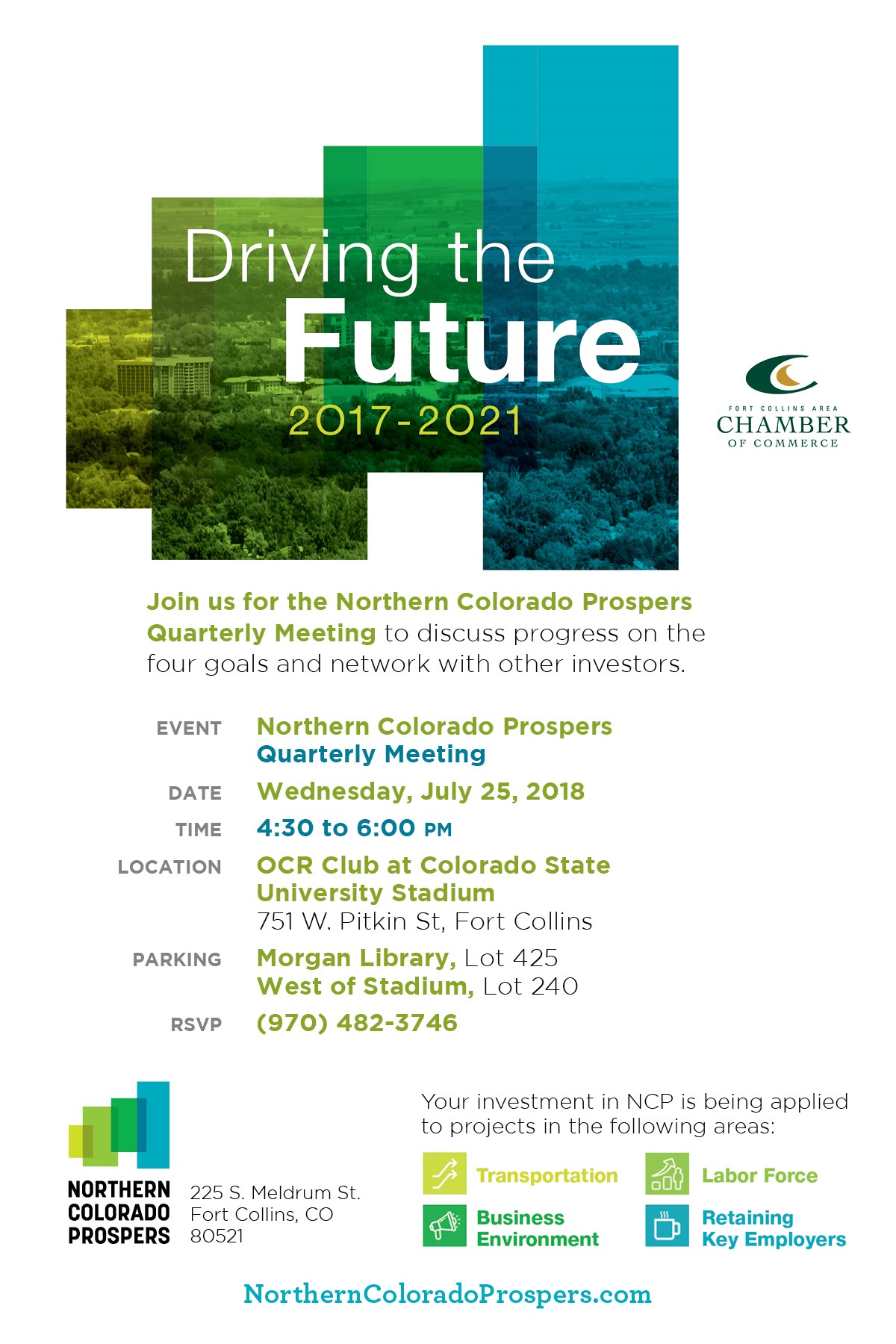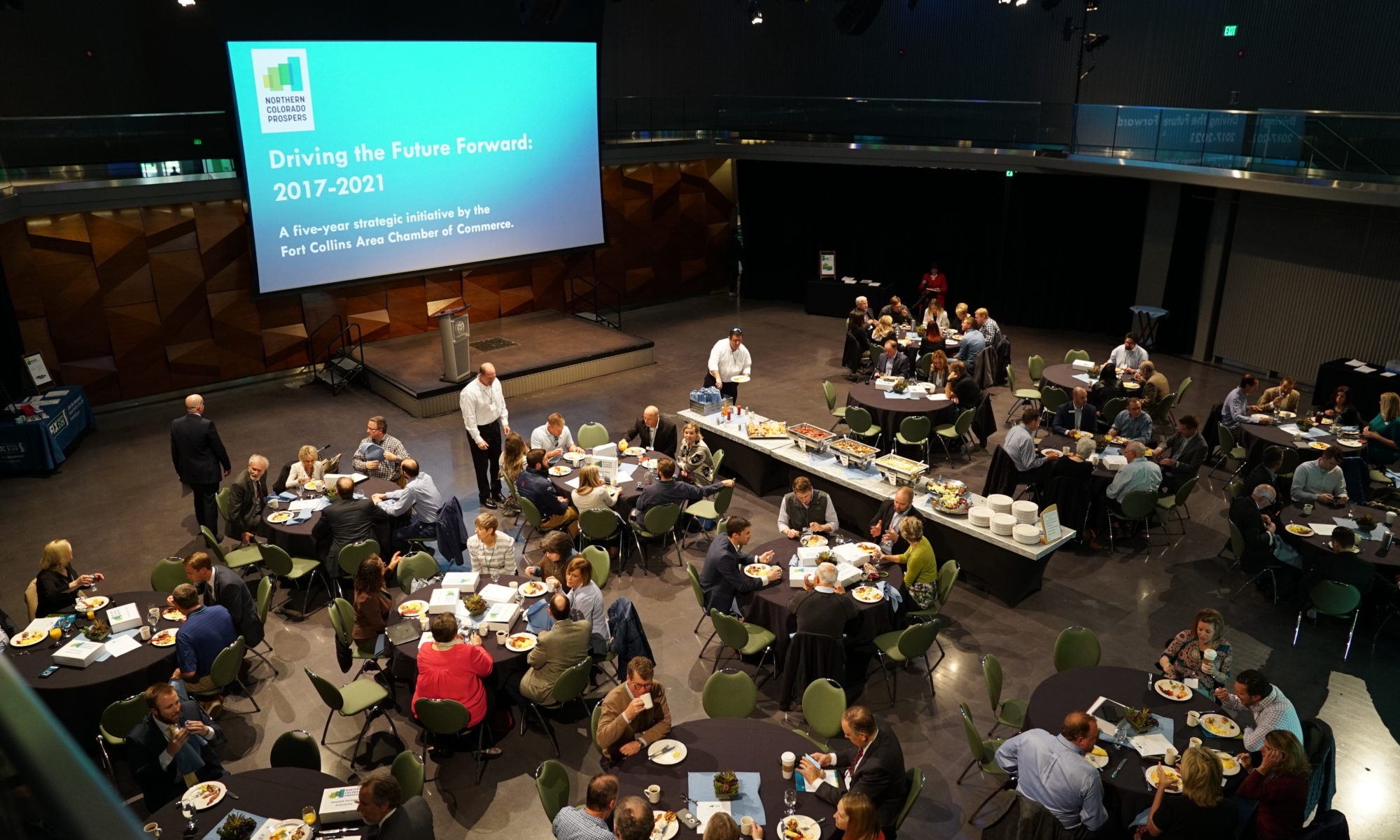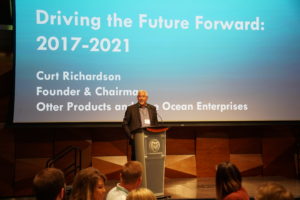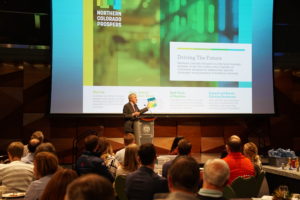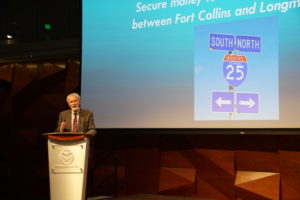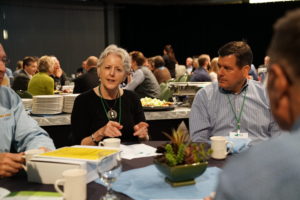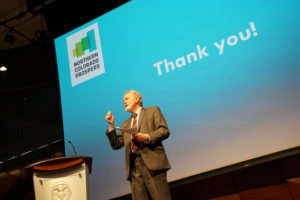Earning additional income is their primary reason why, a survey found.
By Lee Barney
Fifty-three percent of workers who expect to retire in the next five years think it is likely they will return to work, according to a survey by Home Instead, Inc.
Earning additional income was their primary reason for returning to work, cited by 67%, followed by fighting boredom (44%) and keeping their minds sharp (22%). Sixty-eight percent of those approaching retirement say they plan to work in a different industry, and 65% of retirees who have returned to work say the same.
“Today, more aging men and women are redefining what their next chapter looks like, seeking out new career opportunities that serve their skills, passions and life goals,” says Jeff Huber, president and CEO of Home Instead, Inc. “We are seeing the desire among seniors for a second career to not just fulfill a monetary need but source of personal fulfillment later in life. In fact, many of our professional caregivers are seniors themselves.”
Nearly 80% of those nearing retirement or who have retired and returned to work say they would like to make a meaningful impact in their communities in their post-retirement years, such as through volunteering, caregiving, teaching or giving back.
Catherine Collinson, CEO of the Transamerica Center for Retirement Studies, says that with people living longer, retiring at age 65 is an outdated hallmark.
“With Boomers blazing the way, full retirement is no longer a point in time,” Collinson says. “The transition could be a decade or more and involve shifting gears and working in a different capacity or finding a flexible arrangement, all with more time for family.”
Home Instead, Inc. says that some of the most popular jobs for retirees are retail sales clerks, bank tellers, online tutoring and caregiving.
https://www.planadviser.com/half-workers-approaching-retirement-expect-return-work/






